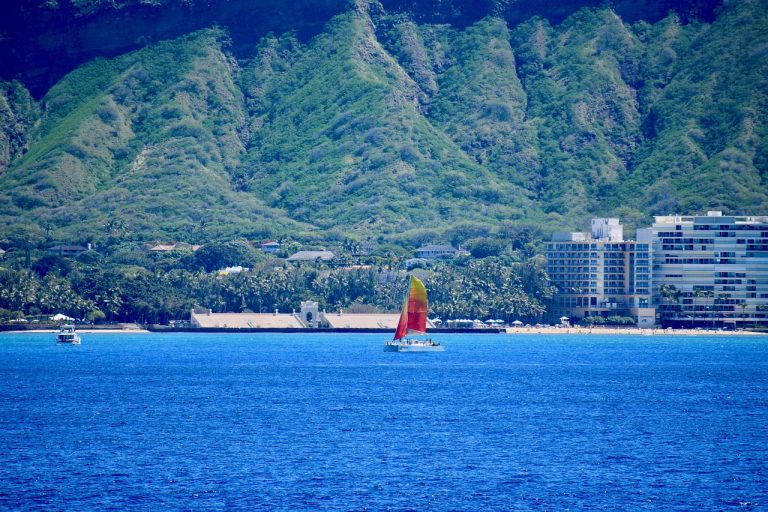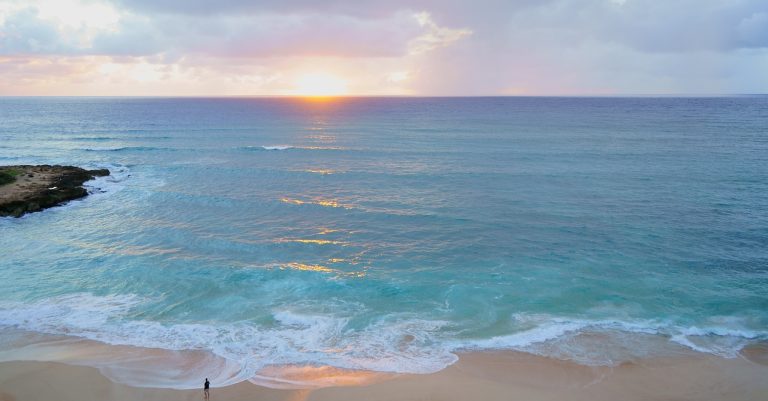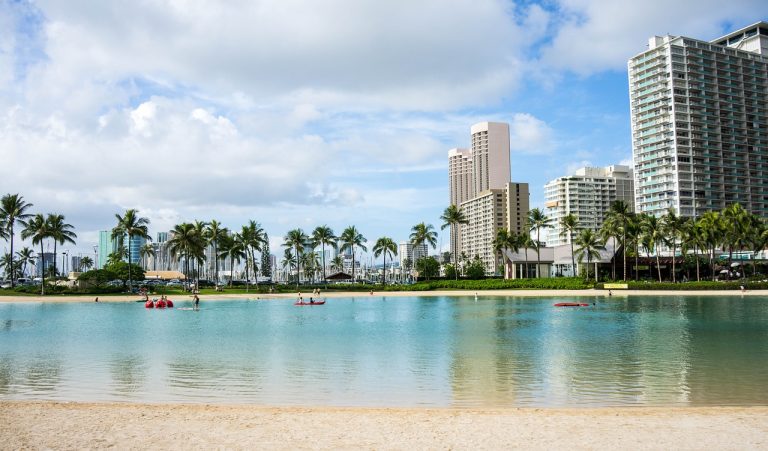Honolulu Hawaii Video
Historical Treasures of Honolulu Hawaii: Reliving the Past
Honolulu, the capital city of Hawaii, is a vibrant and culturally rich destination that offers a glimpse into the past. With a history deeply rooted in Polynesian culture and the influence of various civilizations, Honolulu is home to numerous historical treasures that allow visitors to relive significant moments in time. From ancient landmarks to colonial architecture, the city offers a fascinating journey through its past. In this article, we will explore ten historical treasures of Honolulu, delving into their stories and significance.
Honolulu Harbor
Located at the heart of the city, Honolulu Harbor has played a vital role in the history and development of Honolulu. Serving as a port since ancient times, it witnessed the arrival of the first Polynesian settlers and later became an important hub for trade between Asia, the Americas, and Europe. Today, the harbor continues to be a bustling center of maritime activities and offers visitors a chance to witness the vibrant maritime culture of Honolulu.
- Aliʻiōlani Hale: Originally built as a royal palace, Aliʻiōlani Hale now serves as the home of the Hawaii State Supreme Court. Its iconic architecture blends European and Hawaiian styles, reflecting the historical transitions the islands underwent during the 19th century.
- Aloha Tower: Standing tall at the entrance of Honolulu Harbor, Aloha Tower was once the tallest building in Hawaii. Built in 1926, it served as a welcoming beacon for ships and symbolized the aloha spirit of the islands. Today, it houses shops, restaurants, and an observation deck offering panoramic views of the city and harbor.
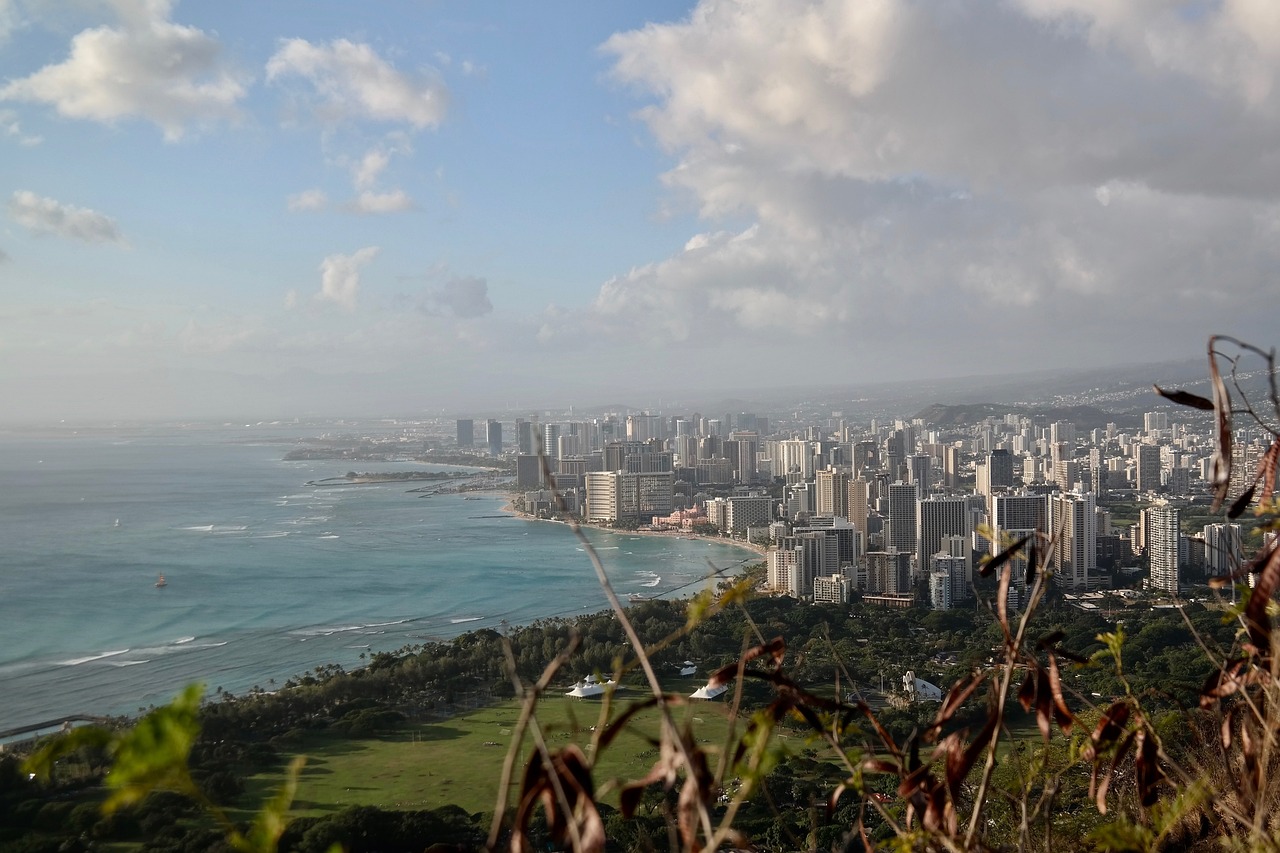
Iolani Palace
Iolani Palace holds great historical and cultural significance as the only royal palace in the United States. Constructed in 1882, it was the official residence of the Hawaiian monarchs until the overthrow of the Kingdom of Hawaii in 1893. The palace showcases a blend of Western and Hawaiian architectural styles, and its opulent interiors provide a glimpse into the lavish lifestyle of the Hawaiian monarchy.
- Throne Room: The Throne Room, adorned with ornate furniture and royal artifacts, was the venue for official ceremonies and receptions during the reign of King Kalakaua and Queen Liliuokalani.
- State Dining Room: The State Dining Room hosted grand banquets and state dinners, reflecting the monarchy’s hospitality and cultural traditions.
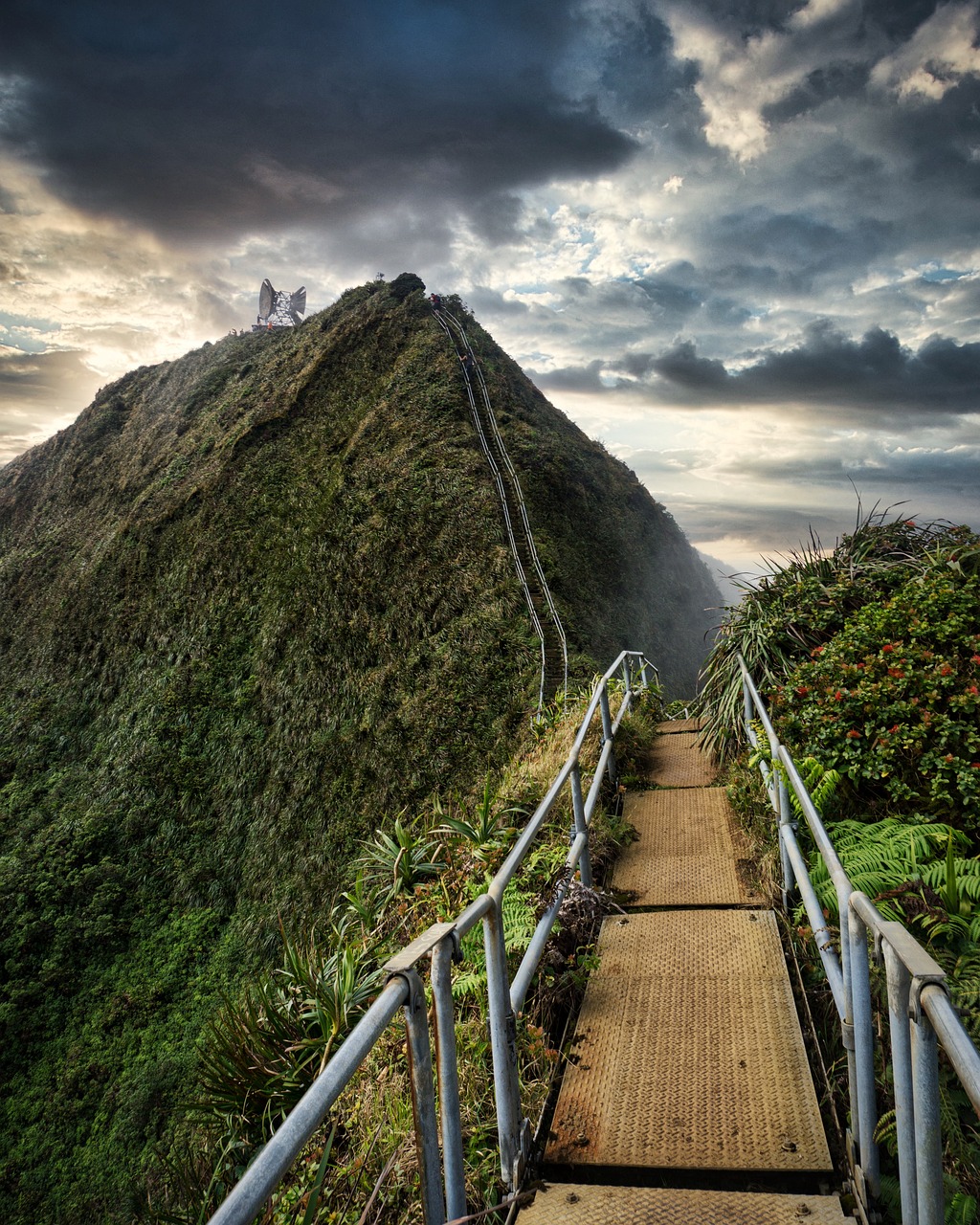
Bishop Museum
The Bishop Museum, founded in 1889, is Hawaii’s largest museum dedicated to preserving and showcasing the history and culture of the Pacific. Its extensive collections include artifacts, artworks, and natural history specimens, offering visitors a comprehensive understanding of the region’s heritage.
- Hawaiian Hall: The Hawaiian Hall exhibits artifacts and displays that explore the rich history, traditions, and customs of the Hawaiian people. It provides insights into the ancient Polynesian voyagers, the arrival of Captain James Cook, and the development of the Kingdom of Hawaii.
- Pacific Hall: The Pacific Hall features exhibits that highlight the diverse cultures and natural wonders of the Pacific region, including artifacts from other Polynesian islands, Micronesia, Melanesia, and Asia.
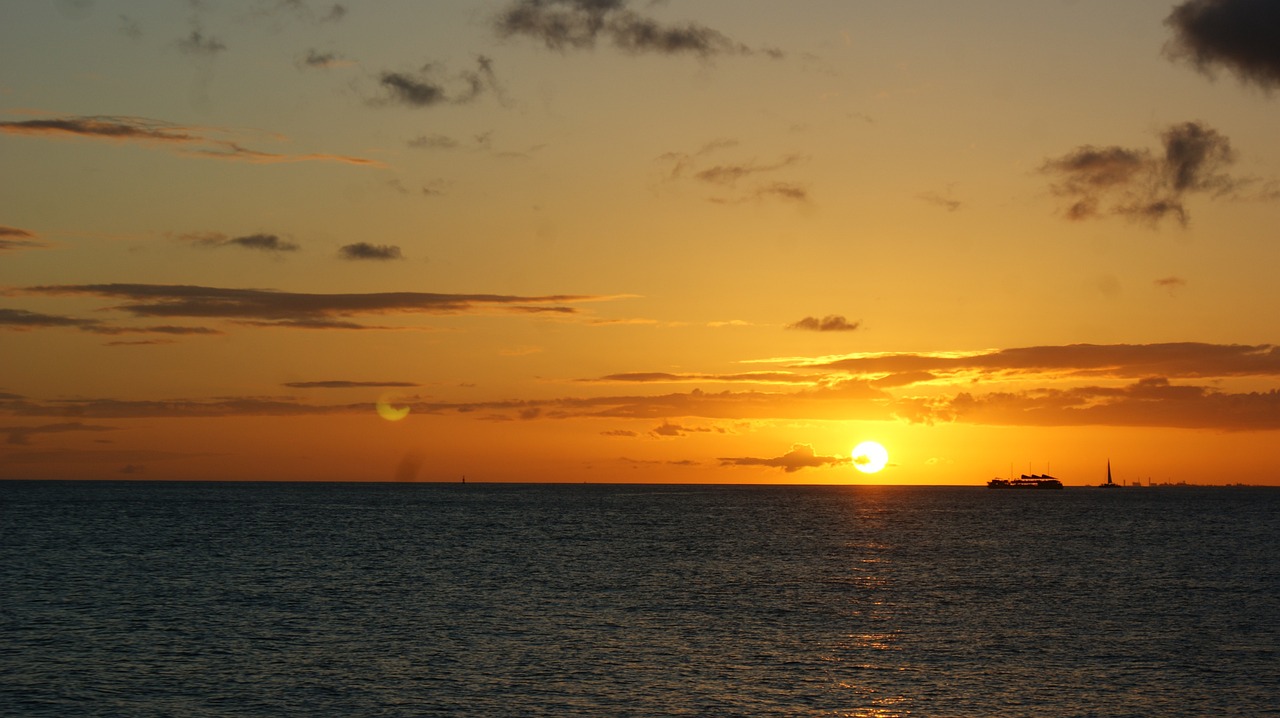
ʻIolani Barracks
ʻIolani Barracks, located within the grounds of ʻIolani Palace, served as the living quarters for the Royal Hawaiian Guard during the monarchy era. Built in 1870, it was designed to resemble military barracks of the time and housed soldiers responsible for protecting the royal family and palace.
- Guardhouse: The Guardhouse, adjacent to the barracks, served as the headquarters for the Royal Guard and housed the armory.
- Changing of the Guard: Visitors can witness the ceremonial changing of the guard, reminiscent of the monarchy era, which takes place on the grounds of ʻIolani Barracks.
Honolulu Hale
Honolulu Hale, also known as Honolulu City Hall, is a historic building that serves as the seat of government for the City and County of Honolulu. Constructed in 1928, it showcases a beautiful Spanish-Moorish architectural style and houses various government offices.
- Honolulu Hale Courtyard: The courtyard of Honolulu Hale features sculptures and artworks that depict Hawaiian legends and historical figures, providing a cultural and artistic experience for visitors.
- Honolulu Hale Clock Tower: The clock tower, a prominent feature of Honolulu Hale, offers panoramic views of the city and surrounding areas from its observation deck.
Kawaiahaʻo Church
Kawaiahaʻo Church, also known as the Westminster Abbey of Hawaii, is one of the oldest Christian churches in the state. Built in 1842, it played a significant role in the religious and cultural transformation of Hawaii during the missionary period.
- Historic Cemetery: The church’s grounds include a historic cemetery with graves of prominent figures from Hawaii’s history, including members of the royal family and early Christian missionaries.
- Kawaiahaʻo Church Choir: The church is renowned for its talented choir, which has been performing traditional Hawaiian hymns for over a century.
ʻIolani Palace Barracks
ʻIolani Palace Barracks, located adjacent to ʻIolani Palace, served as the quarters for the Royal Guard during the monarchy era. Built in 1871, it provided housing for the soldiers responsible for protecting the palace and royal family.
- Exhibition Rooms: The barracks house exhibition rooms that showcase the history of the Royal Guard, including their uniforms, weapons, and training methods.
- Historical Displays: Visitors can explore displays that depict the daily lives and duties of the Royal Guard, offering insights into the monarchy era.
Honolulu Museum of Art
The Honolulu Museum of Art is a premier art institution in Hawaii, housing a vast collection of artworks from Asia, Europe, and the Americas. Established in 1927, the museum offers visitors a diverse range of artistic styles and mediums.
- Asian Art Collection: The museum’s Asian art collection includes masterpieces from Japan, China, Korea, and Southeast Asia, providing a comprehensive view of the region’s artistic heritage.
- European and American Art: The museum features an impressive collection of European and American art, spanning various periods and styles, including works by renowned artists such as Van Gogh, Monet, and Picasso.
ʻIolani Palace Grounds
The grounds surrounding ʻIolani Palace offer a serene and picturesque setting that complements the palace’s historical significance. Visitors can explore the lush gardens, statues, and monuments that adorn the palace grounds.
- Coronation Pavilion: The Coronation Pavilion, located on the palace grounds, is a reproduction of the original structure where King Kalakaua and Queen Kapiʻolani were crowned.
- Statues and Monuments: The palace grounds feature statues and monuments dedicated to significant figures in Hawaiian history, including King Kamehameha I and Queen Liliuokalani.
Conclusion
Honolulu, with its historical treasures, provides a captivating journey through time. From ancient landmarks to grand palaces, each historical site offers a unique perspective on the rich history and culture of the Hawaiian Islands. By exploring these treasures, visitors can truly immerse themselves in the past and gain a deeper appreciation for the vibrant heritage of Honolulu and Hawaii as a whole.
References
- Bishop Museum: www.bishopmuseum.org
- ʻIolani Palace: www.iolanipalace.org
- Honolulu Hale: www.honolulu.gov
- Kawaiahaʻo Church: www.kawaiahao.org
- Honolulu Museum of Art: www.honolulumuseum.org


